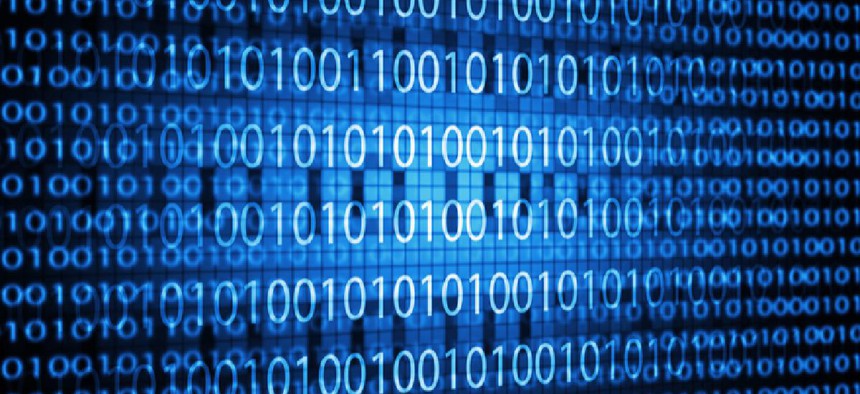A necessary plan for managing privacy risk

As a well-engineered blueprint, NIST's privacy framework will provide voluntary guidelines for managing privacy risk, furthering protections and delivering practical tools that still allow for continued U.S. innovation.

The global wave of privacy concerns is commanding attention. Though some may speculate that contemporary internet users are so inculcated with the mantra "nothing is private anymore," the mass of humankind may beg to differ. That said, government has a ceaseless commitment to respond and adapt to the needs of its citizens. And in response to citizen demands, governments are initiating laws and regulations to protect individual privacy.
The National Institute of Standards and Technology's Cybersecurity Framework (CSF) was the U.S. government's attempt to help organizations become more cyber resilient. It outlines specific actions organizations can take to see success in their own security programs. Now as we begin to more stringently evaluate the state of privacy regulations, NIST is launching a collaborative privacy framework initiative as a complement to its CSF. As a well-engineered blueprint, the privacy framework will provide voluntary guidelines for managing privacy risk, furthering protections and delivering practical tools that still allow for continued U.S. innovation.
With this initiative in the works, it is necessary to understand how this approach will affect organizations and everyday citizens.
Why care?
Ultimately, the privacy framework is a matter of authority and rights. Harkening back to the 1948 Universal Declaration of Human Rights , there has been international consensus on the necessity of personal autonomy and privacy. Information about oneself is itself a part of oneself. And that self, the Declaration makes clear, has the "right to life, liberty, and security of person," which includes the security of personal information. Individuals are the final arbiter of how their information is used, shared, stored and secured.
Why comply?
Compared to other regions like the European Union, the U.S. has delayed introducing new federal regulations on privacy. This is due primarily to the country's philosophy of leaving the market to solve challenges and favoring spontaneous, bottom-up change over deliberate, top-down regulation. However, privacy is similar to other aspects of personal safety and security. When Ford Motor Company introduced the "Lifeguard Package" of vehicle safety features in 1956, nine years before Ralph Nader's Unsafe at Any Speed, it was a sales failure. Automobile safety features didn't become standard until the 1970s when laws imposed requirements on automobile design and manufacture.
We are seeing a similar trend in personal data privacy. Organizations are voluntarily adopting better privacy standards, editing their policies and striving to do more to protect consumers. But until a government authority imposes standards (and perhaps legislation), there will be plenty of privacy-related injuries. Whether by legislative fiat or through incremental changes in the market, an increased valuation on personal data safety and autonomy is an unstoppable force. Thankfully, we can learn from examples like auto safety to accelerate development of better standards, guidelines, frameworks, and eventually regulations.
What are the expectations?
We can speculate that by 2021, NIST will officially publish its Privacy Framework, and by 2025, approximately 50 percent of organizations will have adopted the framework to better handle privacy goals and give greater confidence to consumers. By 2020, we ought to have legal requirements enacted by Congress with the Federal Trade Commission serving as the enforcement agency. Considering that the NIST Cybersecurity Framework has been so well received, U.S. privacy regulations are likely to be a derivative of the NIST Cybersecurity and Privacy Framework, building on those blueprints and codifying them into law.
But there's no need to panic and assume enforcement right away. Legislation like universal privacy standards will have a long implementation period, with a likely effective date near 2025.
In the meantime, organizations can benefit from self-strictures -- shielding consumer privacy and promoting this commitment as a differentiator. Privacy matters, just as personal autonomy and freedom matter. When the private sector is unable to satisfy a human or social need, we turn to government to provide a service or a public good. Defense, infrastructure, contract enforcement, education and health are all examples of public goods. All are necessary, but are fundamentally incapable of being priced in the market.
As the internet of things and artificial intelligence advance, it goes without saying that the time is ripe for NIST to begin the process of pairing its CSF with a privacy framework.
NIST Senior Privacy Policy Advisor and Project Lead Naomi Lefkovitz recently stated, "Consumers' privacy expectations are evolving at the same time that there are multiplying visions inside and outside the U.S. about how to address privacy challenge. NIST's goal is to develop a framework that will bridge the gaps between privacy professionals and senior executives so that organizations can respond effectively to these challenges without stifling innovation."
There you have it: privacy and security go hand-in-hand. Where the NIST CSF was a response to the growing threat landscape and the breakneck pace of a sprawling attack surface, the privacy framework will address different threats -- consumer ire, international regulations and the ubiquity of civil rights missteps. To put it simply, organizations that follow the NIST CSF increase resilience, but those that comply with the NIST privacy framework will increase confidentiality.
Today's (and tomorrow's) consumer may be a dematerialized "digital self'" composed of bits and bytes in place of cells of a physical body. Nevertheless, that composite person demands airtight confidentiality because each particle of data is as vital to a secure future as physical safety was for our pre-digital selves.
NEXT STORY: Quick Hits for Oct. 24


